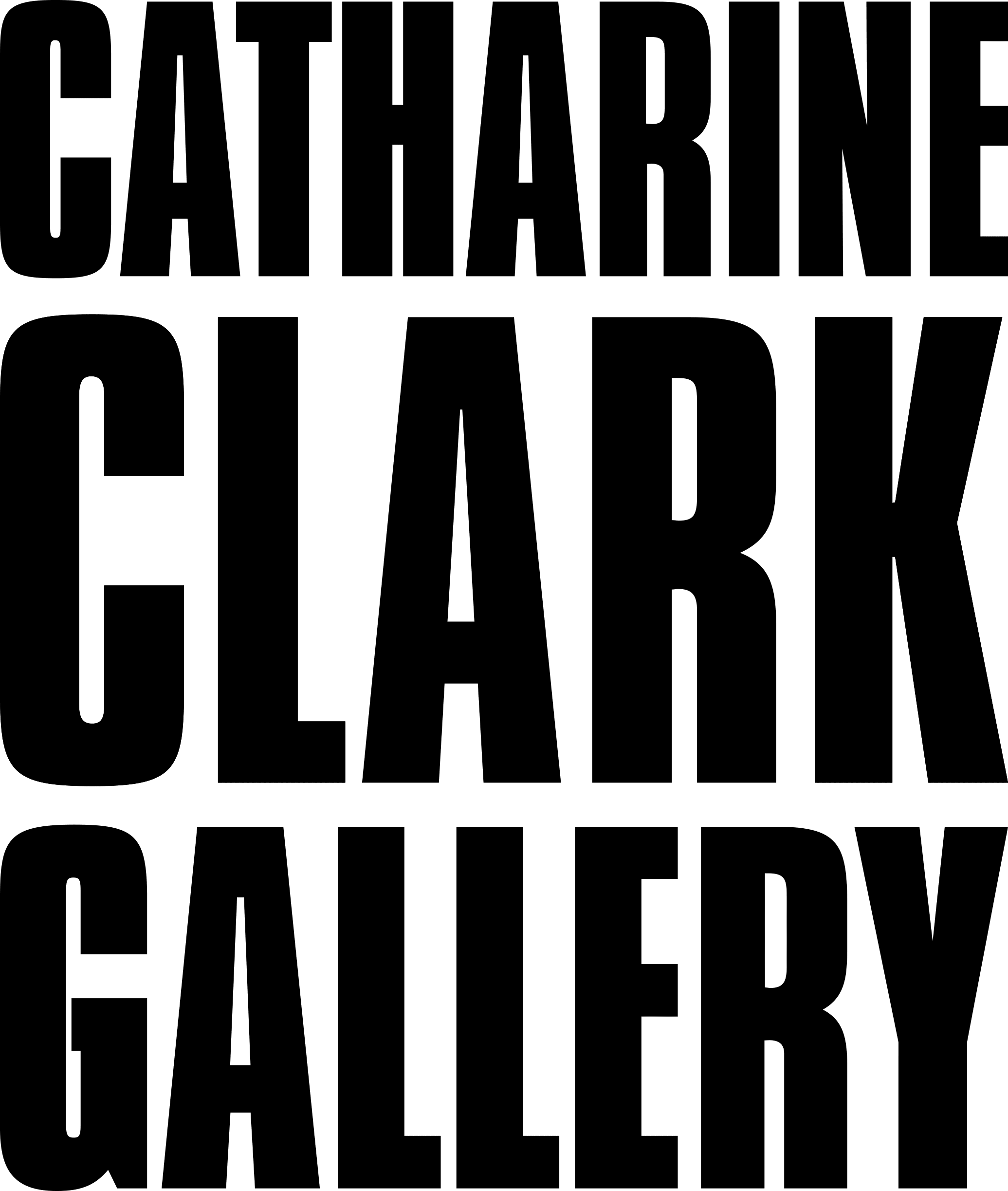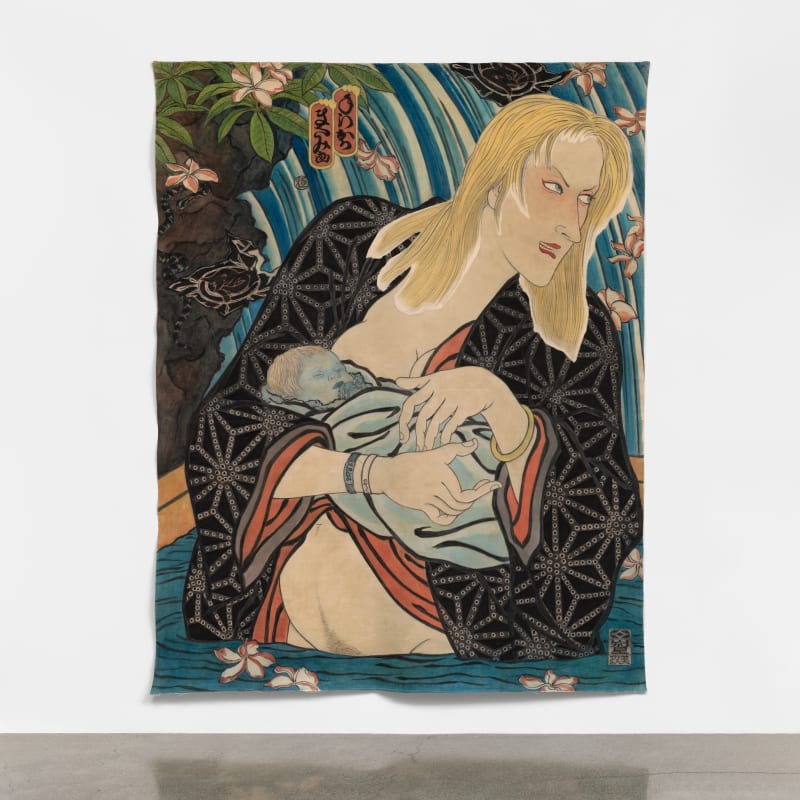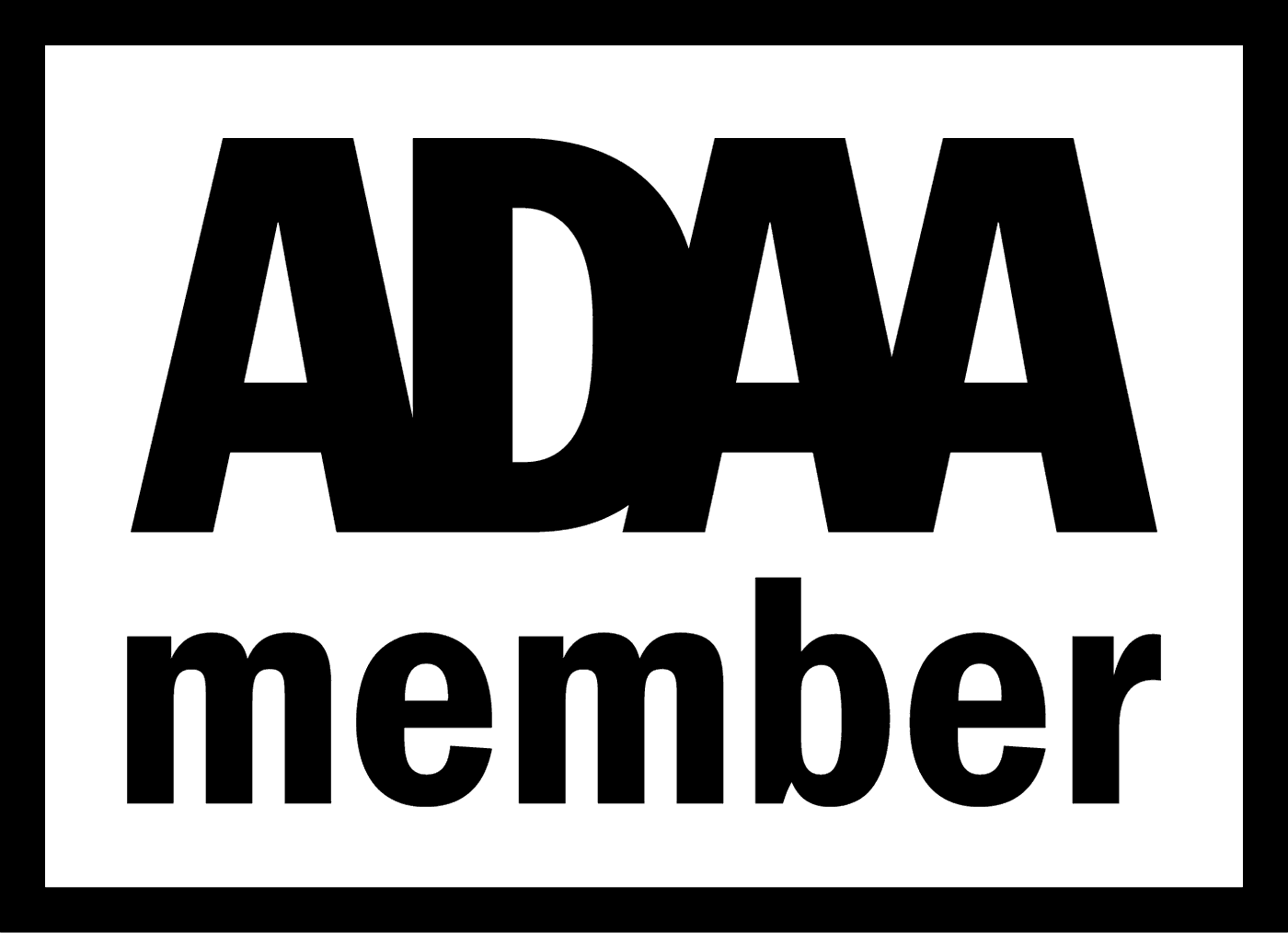Masami Teraoka: Waves and Plagues Redux. A survey of works from 1969 – 2008.
Catharine Clark Gallery opens its summer program with Masami Teraoka: Waves and Plagues Redux, on view from June 17 to August 19, 2023, in the North Gallery. The exhibition takes its title from an important monograph on Teraoka titled Waves and Plagues published by Chronicle Books in 1988 and offers a rare opportunity to see watercolors, drawings, and multiples from two iconic bodies of work: the AIDS Series and Waves Series, as well as a selection of important studies and watercolors from projects created prior to 1995.
From 1960 to 1984, Teraoka lived and worked in Los Angeles, during which time he produced his signature ukiyo-e (or “pictures of the floating world” generally rendered as woodcuts in the Edo era of Japan) compositions that reflected on cultural hybridity, represented in series such as McDonald's Hamburgers Invading Japan, 31 Flavors Invading Japan, and New Views of Mt. Fuji. The onset of the HIV/AIDS crisis in the early 1980s brought a new urgency to Teraoka's work and inaugurated a five-year span in which he created monumental watercolors on paper, screens, and canvas, such as American Kabuki/Oishiiwa (1986), a multi-panel watercolor mounted to a folding screen in the collection of the Fine Arts Museums of San Francisco. These compositions depicted figures with visible symptoms of infection, such as lesions caused by Kaposi sarcoma, dressed in Kabuki-style make-up and costumes, and set in tumultuous and often menacing landscapes.
Teraoka was one of the few major American artists creating work about HIV/AIDS in the 1980s and early 1990s. His paintings were particularly radical at a time when the American government willingly ignored public health data on infection and transmission rates, and all but refused to address a public health crisis that disproportionately impacted queer people and communities of color (a scenario re-visited during COVID). Work from this era of his practice was included in the recent exhibition and attendant catalogue Art, AIDS, America. The exhibition (and catalogue) was the first comprehensive overview and reconsideration of 30 years of art made in response to the AIDS epidemic in the United States. It foregrounded the role of HIV/AIDS in shifting the development of American art away from the conceptual foundations of postmodernism and abstraction toward a new, more political, and autobiographical voice. Art AIDS America surveyed more than 100 works of American art from the early 1980s to 2015, reintroducing and exploring the spectrum of responses to HIV/AIDS, from activism to elegy. It also introduced and explored the spectrum of artistic responses to AIDS, from the outspoken to the mournful. Art AIDS America was organized by Tacoma Art Museum in partnership with The Bronx Museum of the Arts, and co-curated by Jonathan David Katz, Director, Visual Studies Doctoral Program at the University at Buffalo (The State University of New York), and Rock Hushka, Chief Curator at Tacoma Art Museum who contributed to the catalogue.
For Teraoka’s part, in 1984, seeking respite and solace from the devastating impact of HIV/AIDS on his artist community in Los Angeles, he began traveling between LA and Hawaii, and eventually moved to the island of Oahu, where he continues to live and work today. Finding escape and comfort in the natural beauty of Hawai'i, Teraoka began painting evocative waterscapes, some of which are mounted on traditional Japanese scrolls in between making works that addressed the insidiousness of HIV/AIDS and its devastating effects. Drawing inspiration from Edo-era, historic landscape prints by artists such as Hokusai and Kunisada, Teraoka created this new series of meditative works as a counterpoint to the intensity of his AIDS Series watercolors. In the process, Teraoka continued to experiment with scale and materials, resulting in larger and even more expressive works that eventually evolved into the large-scale triptychs that emerged in the later 1990s.
Waves and Plagues Redux features several important unmounted watercolors on canvas, including AIDS Series/Father and Son (1990). These canvases, nearly nine feet tall, portray figures in the end stages of infection. Two of the paintings depict a mother and father tenderly holding infants who have died, with their eyes cast downward and away, capturing a moment of overwhelming and indescribable loss. These canvases are among the last of his ukiyo-e style works and represent the culmination of his AIDS Series. Waves and Plagues Redux offers an important survey of this period of Teraoka's work, which continues to have a lasting impact on art historical conversations surrounding HIV/AIDS.
In conversation with Teraoka’s exhibition, the gallery continues to feature three videos by Deborah Oropallo: White As Snow, Wolf, and Dirty. As their point of departure, the videos use fairy tales such as Snow White, Little Red Riding Hood, and Fantasia, the related costumes from cosplay, and Disney films to weave together cautionary tales of a more dystopic nature (they complement the collaborative work created by her and her husband Michael Goldin in exhibit in the South Gallery titled American Gothic).
On July 22, in concert with the opening of Yes, it is an original, the gallery presents a Media Room screening of Trina Michelle Robinson’s video work in a show titled Revival. A follow-up to Robinson’s acclaimed Emerging Artist Program presentation at the Museum of the African Diaspora, Revival features a suite of three video works that reflect on histories of slavery and emancipation, as well as celebration and joy through acts of rediscovering family genealogies. Robinson writes that “the suite of videos was inspired by a years-long effort to connect to my ancestors after discovering my maternal family roots in Kentucky. The earliest film in this series, Berea (2021), was inspired by an urgent need to excavate the lost memories of my family’s history, including this history of David French, my great-great grandfather who studies at Berea College shortly after the Civil War. The piece contains archival audio and film footage, including Oscar Micheaux’s 1920 silent film Within Our Gates, Learning to Live, a promotional film from Berea in 1937, at a time when the school was segregated due to a 1904 law in Kentucky that forced the segregation of schools, as well as audio excerpts of an interview with anthropologist Zora Neale Hurston.”
“Elegy for Nancy”(2022), by comparison, pays homage to my oldest known ancestor, a woman named Nancy who was born in the 1770’s or 80s, likely in Virginia, before migrating to Kentucky where she was enslaved. I first discovered her identity in 2021 in a series of 19th century manuscripts, and after largely following the stories of the men in this family line, I knew I had to turn my attention to her story. I have incorporated the texture of Super 8 film footage and archival film footage to do this and incorporate multiple rivers, including the Sacramento, Ohio, and Ogun Rivers, as guides to evoke themes of healing, creation, and ancestral legacy.”
Join us for an opening reception on Saturday, June 17, 2023, from 2 – 4pm.



